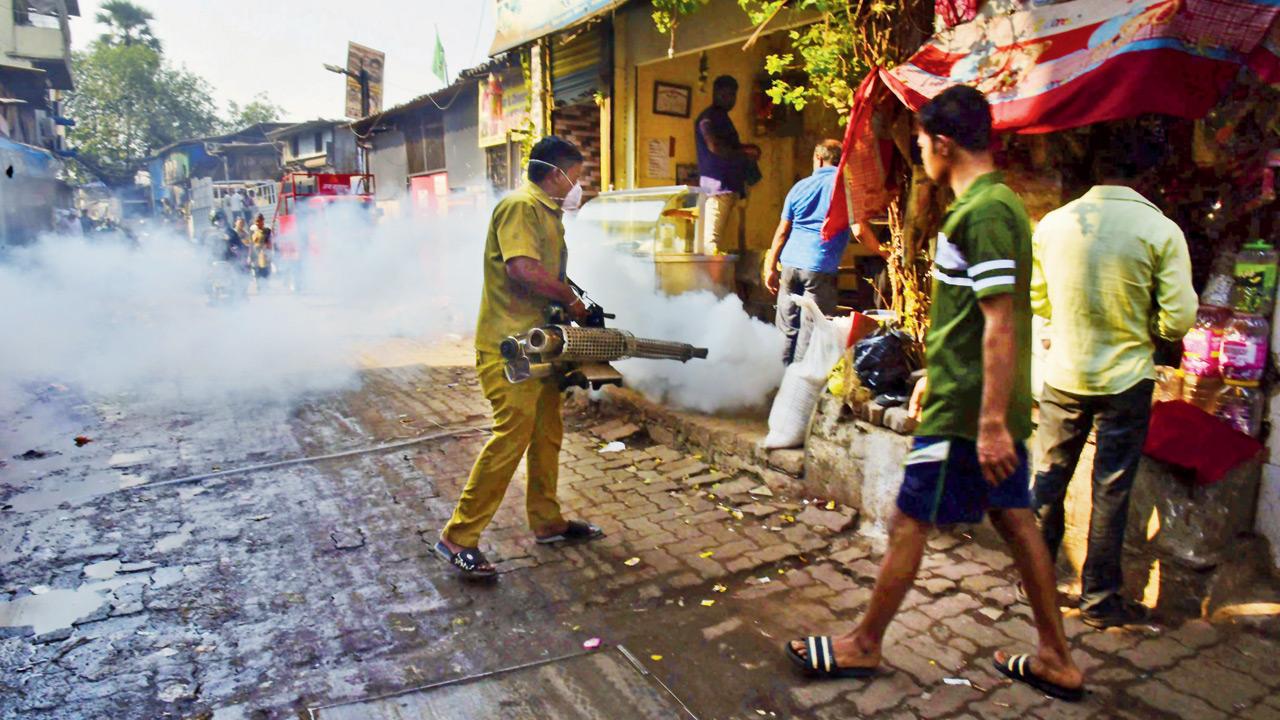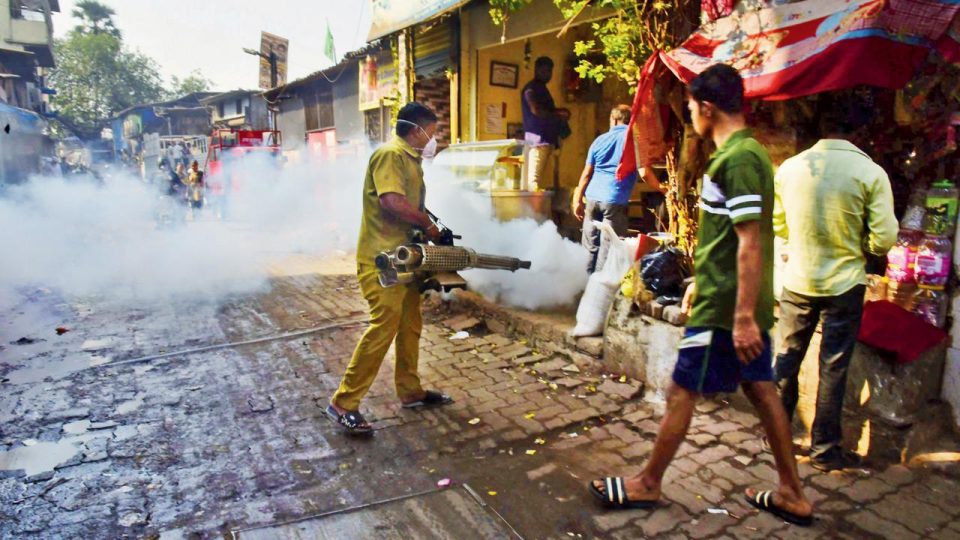
The early onset of the monsoon has triggered a sharp spike in vector-borne diseases across Maharashtra, with the Pune-Mumbai belt witnessing a notable rise in malaria, dengue, and chikungunya cases. According to the state public health department, this year, over 7400 cases of these diseases have been reported by mid-June, although no deaths have been recorded so far.
Mumbai continues to top the urban chart, recording 2314 malaria cases, up from 1774 during the same period last year. It also reported 395 dengue cases and a dramatic surge in chikungunya infections from just 21 cases in 2024 to 119 cases this year till June 14.
In Pune, dengue cases in the district nearly doubled from 65 to 128, while chikungunya cases rose from 73 to 104. Malaria, which had been largely under control in Pune city last year, has made a return, with 13 cases already recorded in the Pune Municipal Corporation (PMC) limits, up from zero in 2024. Pimpri-Chinchwad also saw a slight uptick in malaria, from eight to 12 cases, and continues to report chikungunya activity.
The state health department data shows that statewide dengue testing reached a peak in 2024, with 1.5 lakh blood samples tested and 19,385 cases confirmed, resulting in 40 deaths. As of June 14, 2025, 32,291 samples have been tested, and 2031 confirmed cases recorded, with no deaths so far. While this indicates a lower count compared to last year, officials caution that the peak season is still ahead.
District-wise, Palghar saw a drop in dengue cases from 237 to 133, while Akola maintained a high incidence, rising from 109 to 119 cases. Mumbai’s dengue cases dropped slightly from 431 to 395. In Pune city, the numbers remain relatively low at eight cases, while Navi Mumbai reported a marginal decrease from 13 to 10 cases.
Rural rise
Chikungunya, however, is rising alarmingly, especially in urban centres. In Akola city, the case load jumped from 56 to 101. Pune city, by contrast, maintained control, with cases declining from 10 to eight. Other districts such as Palghar, Sindhudurg, and Pune rural also reported significant increases in chikungunya cases, highlighting the disease’s spread beyond urban zones.
Malaria cases have also climbed steadily. As of mid-June 2025, the state reported 4471 cases, including 1579 cases of Plasmodium falciparum (PF), with no deaths. The PF strain accounted for 35.32 per cent of all malaria cases. In Mumbai, PF infections declined slightly from 524 to 483 despite the rise in total malaria cases. In Panvel, malaria cases surged from 124 to 216, with PF cases climbing from one to 11. Navi Mumbai, Thane, and Kalyan also saw increases in malaria activity.
No cases of Japanese Encephalitis (JE) or Acute Encephalitis Syndrome (AES) have been reported so far in 2025, though preventive measures like JE vaccination drives and fogging continue in vulnerable zones.
Taking action
Officials attribute the current surge to favourable mosquito breeding conditions created by stagnant water, clogged drains, and construction debris. Slums and semi-urban zones are especially vulnerable due to poor sanitation.
“The civic body is implementing a zone-wise action plan,” said Sachin Pawar, deputy municipal commissioner of Pimpri-Chinchwad Municipal Corporation. “Teams have been deployed to monitor mosquito breeding sites. Gambusia fish have been released into stagnant water, and fogging is being carried out in waterlogged areas. We have also collected Rs 3.5 lakh in fines from construction sites and residents who failed to eliminate breeding sources despite repeated warnings.”
Pest control
In 2024, over 96 lakh people were covered through insecticide fogging, and similar coverage is underway in 2025. Regular larvicide spraying using temephos and Bacillus thuringiensis israelensis is being conducted in 15 high-risk cities, including Mumbai and Pune. The state is also deploying biological control methods, such as releasing mosquito larvae-eating Gambusia fish in both rural and urban areas.
Public campaigns are ramping up, with ‘Malaria Elimination Month’ being observed in June, followed by ‘Dengue Prevention Month’ in July. School-based dengue awareness programmes will be rolled out in August. Health officials and ASHA workers are on the ground conducting fever surveillance, source elimination, and public education drives, stated health officials.
As the monsoon intensifies, health officials have urged residents to avoid water accumulation, cover storage tanks, and cooperate with civic staff to prevent further escalation of mosquito-borne diseases.

